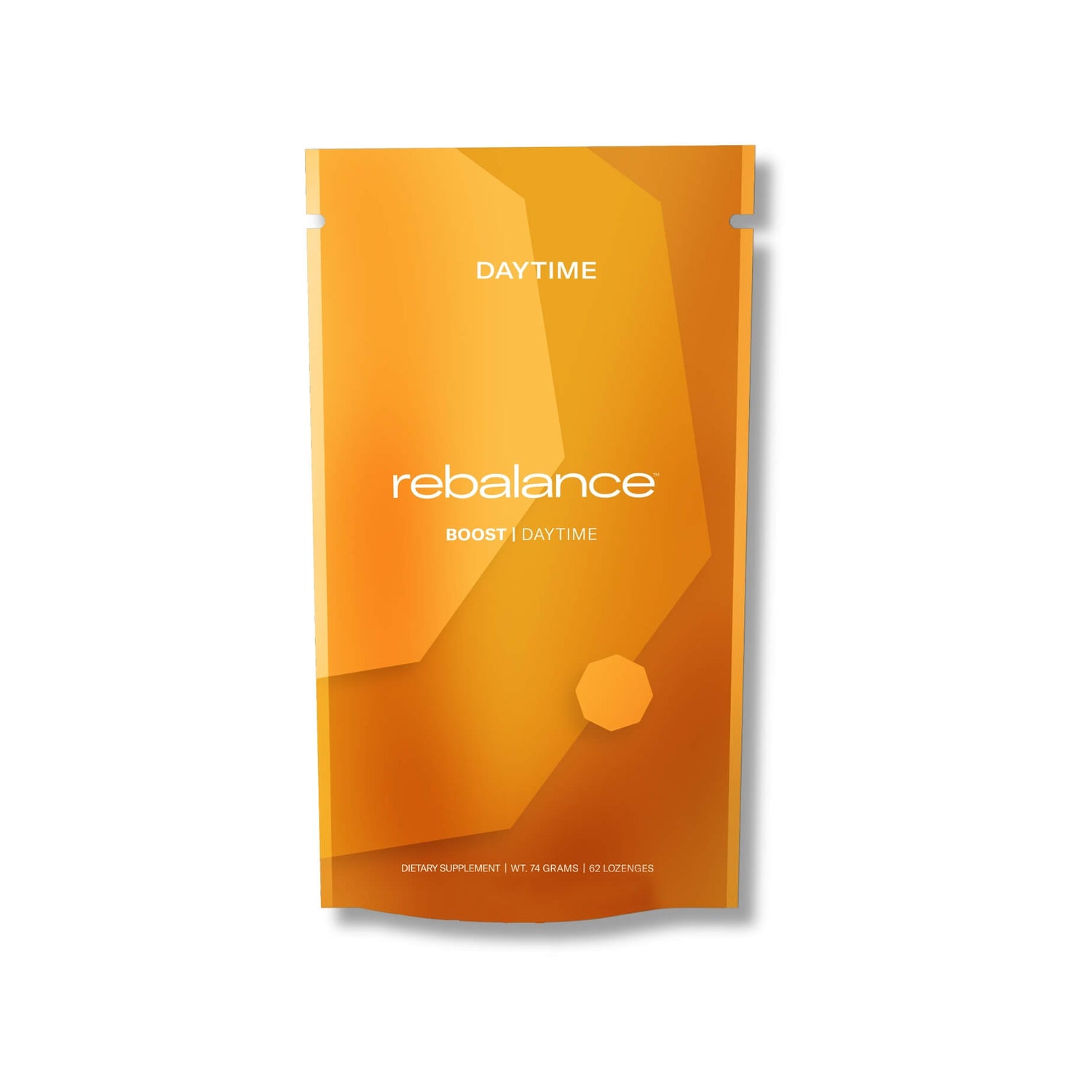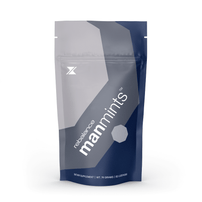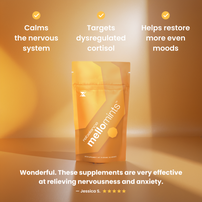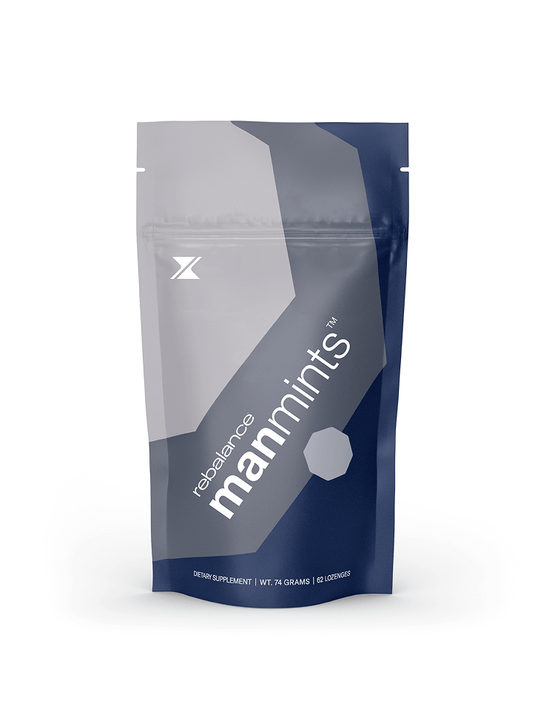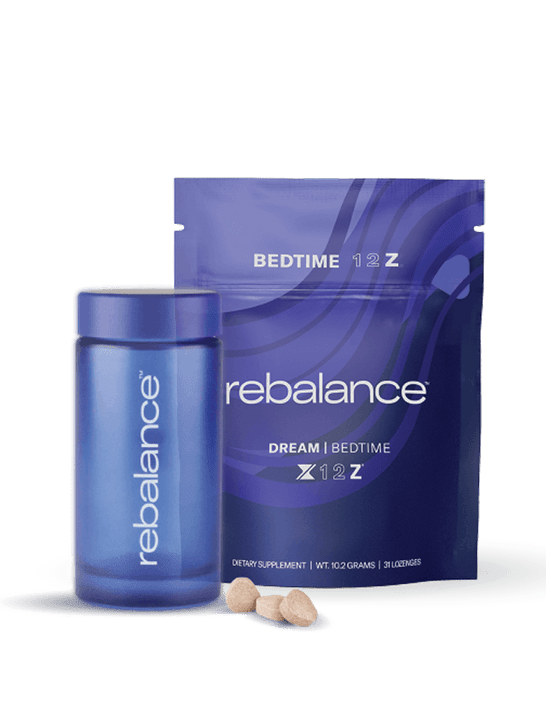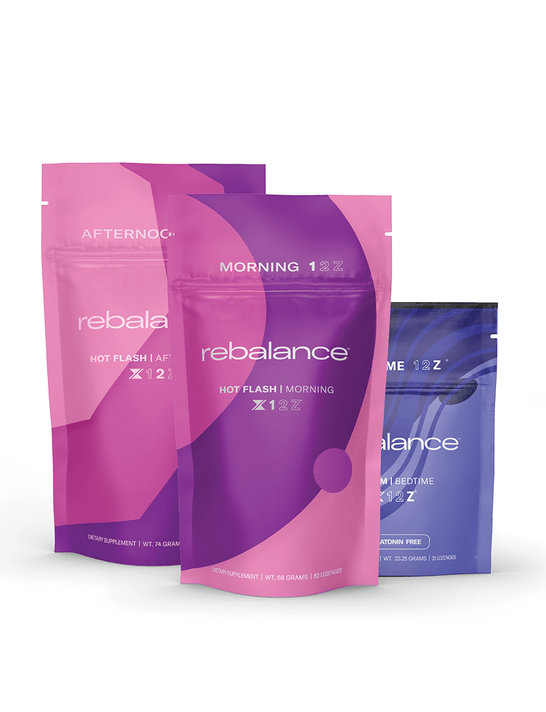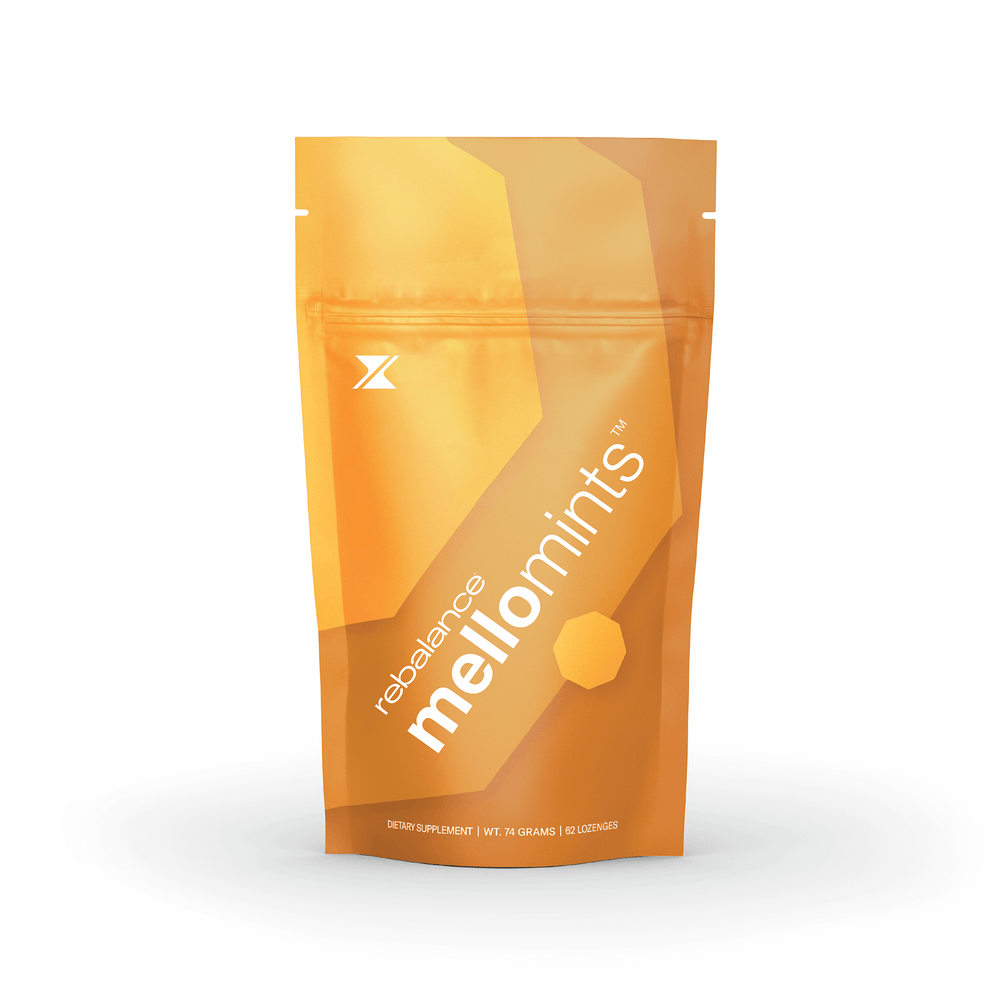The Best Full Body Workout Routine to Kickstart Real Change
02/13/2023 by Anna Meyer

Let’s face it, getting started with a workout routine can be daunting. Whether you’re just starting out or coming back after years away from exercise, the prospect of beginning a fitness journey is intimidating. That’s why we created our full body workout routine for you where you are at — a comprehensive plan designed to get you up and running in no time.
What are the benefits of regular exercise?
First things first—let’s talk about why having a consistent workout routine is important. Regular physical activity has many health benefits, including:
- Improved cardiovascular health
- Stronger bones, joints, and muscles
- Improved posture and balance
- Decreased stress levels
- Improved sleep quality
- Lowered blood pressure
- Improved LDL and HDL cholesterol
- Improved circulation
- Strength and stamina
- Higher energy levels throughout the day, and more
Establishing a regular exercise schedule can also help with weight loss goals and overall well-being.
But let’s not forget about the effects of regular exercise on mental health. Research shows that 20 minutes or more of exercise can reduce state and trait anxiety. Exercise has also been shown to produce moderate reductions in depression and even larger reductions when paired with a psychotherapy treatment plan.
And finally, regular exercise has been shown to prevent and reduce the effects of aging on muscle mass and strength loss. So, not only does exercise have great health and mental health benefits, but it helps you to age gracefully so you can maintain as much mobility and independence throughout your life as possible.
So it’s clear, exercise is a no-brainer. Now, how do you get moving with a routine that will keep you going?
How to get started with a workout routine?
Find Your Groove
The first step to getting started with your new fitness regimen is to find an exercise plan that fits your goals and lifestyle. Aim for exercises that target multiple muscle groups at once such as squats, push-ups, pull-ups, lunges, etc.
It’s important to focus on compound movements rather than exercises that isolate one muscle group at a time because they are more efficient and they train your muscles as they’re intended to work. Isolation exercises are great if you’re trying to heal an injury or correct a muscle imbalance, but they often have very little functional value. So stick to compound movements as much as possible.
Get a Doctor’s Clearance
If you are new to exercise or if it has been a while since you’ve been active, it’s important to get clearance from your doctor before diving in. A doctor’s clearance is especially important if you have chronic health conditions or existing injuries.
Get Your Equipment Ready or Sign Up For A Gym
Once you have clearance from your doctor, it’s time to get your equipment ready or sign up for a gym membership. Make sure that the gym you choose has all the necessary equipment and amenities, such as free weights, machines, benches, cardio equipment, and locker rooms.
If you don’t want to join a gym, then you’ll need basic equipment for home workouts such as resistance bands, dumbbells, and a bench if you have the budget for it. If you go with your own equipment, the TRX Training System is a good option for the at-home gym set up.
The Workout Routine
Week 1
Monday
| Glute Bridge | 3 sets of 8 to 10 reps |
| Box Squat | 3 sets of 8 to 10 reps |
| Inverted Bodyweight Row - High | 3 sets of 8 to 10 reps |
| Barbell Bent Over Row | 3 sets of 8 to 10 reps |
| Bird Dogs | 3 sets of 10 to 15 reps with a 5 second hold |
Wednesday
| Conventional Deadlift | 3 sets of 8 to 10 reps |
| Assisted Lunges | 3 sets of 8 to 10 reps |
| Arnold Presses | 3 sets of 8 to 10 reps |
| Knee Push Up | 3 sets of 8 to 10 reps |
| Planks | 3 sets of 20 second hold |
Friday
| Hip Thrust | 3 sets of 8 to 10 reps |
| Step Ups | 3 sets of 8 to 10 reps |
| Lat Pull Downs | 3 sets of 8 to 10 reps |
| Seated Rows | 3 sets of 8 to 10 reps |
| Woodchops | 3 sets of 10 to 15 reps |
Week 2
Monday
| Single Leg Deadlift | 3 sets of 8 to 10 reps |
| Box Jump | 3 sets of 8 to 10 reps |
| Overhead Shoulder Press | 3 sets of 8 to 10 reps |
| Elevated Push Up | 3 sets of 8 to 10 reps |
| Leg Raises | 3 sets of 10 to 15 reps |
Wednesday
| Good Mornings | 3 sets of 8 to 10 reps |
| Split Squats | 3 sets of 8 to 10 reps |
| Negative Pull Ups | 3 sets of 8 to 10 reps |
| Single Arm Row | 3 sets of 8 to 10 reps |
| Side Plank | 3 sets of 20 second holds |
Friday
| Glute Bridge | 3 sets of 8 to 10 reps |
| Assisted Squats | 3 sets of 8 to 10 reps |
| Dumbbell Overhead Press | 3 sets of 8 to 10 reps |
| Regular Push Up | 3 sets of 8 to 10 reps |
| Dead Bugs | 3 sets of 10-15 reps |
Week 3
Monday
| B-stance Hip Thrust | 3 sets of 8 to 10 reps |
| Squats | 3 sets of 8 to 10 reps |
| Dead Hangs | 3 sets of 8 to 10 reps |
| Dumbbell Bent Over Row | 3 sets of 8 to 10 reps |
| Plank Knee To Elbo | 3 sets of 10-15 reps |
Wednesday
| Romanian Deadlift | 3 sets of 8 to 10 reps |
| Walking Lunges | 3 sets of 8 to 10 reps |
| Lateral Raises | 3 sets of 8 to 10 reps |
| Bench Press | 3 sets of 8 to 10 reps |
| Bird Dogs | 3 sets of 10-15 reps with a 5 second hold |
Friday
| Glute Bridge With A Band | 3 sets of 8 to 10 reps |
| Step Ups | 3 sets of 8 to 10 reps |
| Inverted Bodyweight Row - Low | 3 sets of 8 to 10 reps |
| Barbell Bent Over Row | 3 sets of 8 to 10 reps |
| Woodchops | 3 sets of 10-15 reps |
Week 4
Monday
| Conventional Deadlift | 3 sets of 8 to 10 reps |
| Multi Directional Lunges | 3 sets of 8 to 10 reps |
| Dumbbell Overhead Press | 3 sets of 8 to 10 reps |
| Regular Push Ups | 3 sets of 8 to 10 reps |
| V-Ups | 3 sets of 10-15 reps |
Wednesday
| Hip Thrust | 3 sets of 8 to 10 reps |
| Goblet Squat | 3 sets of 8 to 10 reps |
| Lat Pull Downs | 3 sets of 8 to 10 reps |
| Seated Rows | 3 sets of 8 to 10 reps |
| Plank | 3 sets of 20 second holds |
Friday
| Good Morning | 3 sets of 8 to 10 reps |
| Split Squats | 3 sets of 8 to 10 reps |
| Assisted Pull Ups | 3 sets of 8 to 10 reps |
| Incline Push Ups | 3 sets of 8 to 10 reps |
| Dead Bugs | 3 sets of 10-15 reps |
When it comes to selecting a weight for the dumbbell and barbell exercises, there is no cookie-cutter answer. The best way to choose which weight you should use is through trial and error. Select a weight that you think you can use while performing your reps with good form and assess how challenging it is. If your form is poor or you are struggling to get through the set, then reduce the weight until it is manageable. If it feels easy, increase the weight to make it more challenging. But remember, don’t sacrifice your technique and form for intensity.
Finally, if you’re a beginner or you’re starting exercise again after a long period, it’s best to stick to lighter weights or even just your body weight until your body adjusts. You don’t want to do too much too soon. Also, bear in mind that barbells weigh quite a bit, so you need to factor that in when selecting your weights. If you’re not sure how much the barbell weighs, read the packaging that came with the barbell or ask a gym representative.
Who Is This Routine Ideal For?
This routine is ideal for anyone who wants to get back into a regular exercise routine and stay motivated. It can be tailored to any fitness level, from complete beginners to those looking for an intense workout. You can easily modify the routine by either adding more or less weight or by regressing or progressing the exercises. For example, if a box squat is too easy for you, feel free to progress to assisted squats or even regular squats. And, if you find that you’re not quite ready for regular squats, you can try assisted squats or box squats instead.
This workout plan targets all the major muscle groups for a full-body workout. So, it’s also great for anyone who is short on time and can only commit to three workout days a week.
How to Keep Progressing Once You’ve Completed The Routine?
Once you have completed your initial workout program, it may be time to progress to more challenging workouts. This could mean adding in more challenging exercises, reps, and sets, more weight, or introducing super sets. If you’re wondering how you’ll know when you’re ready to progress, then try the two-by-two rule. If you can perform two extra reps in your last set for two consecutive workouts on any exercise, then it is time to increase the difficulty of that exercise. Do this for every exercise and you’ll quickly build up strength, stamina, and a fair amount of muscle.
You could also try incorporating different activities into your routine, such as swimming or cycling instead of running or yoga instead of strength training. Whatever type of exercise you choose should challenge you but still be enjoyable so that you look forward to doing it every week.
But what do you do if you’ve been on the bench for a while? Let’s look at some tips to get you back in the game.
Tips on How To Start Exercising Again
Getting back into exercising is very much like getting back into the dating game after a long-term relationship or dating hiatus. You’re going to be out of practice, a bit confused, and maybe a little nervous. Here are some tips to get you back in the game:
- Start small - you don’t have to go full throttle right off the bat! Even just 10 minutes of exercise can make an enormous difference. Start by taking a walk around the block or doing some basic stretches in your living room.
- Be consistent - set yourself a goal and stick to it. Aim to do something active every day, whether it’s a 45-minute jog or just 10 minutes of stretching.
- Mix things up - if you find yourself getting bored with the same routine, don’t be afraid to switch it up. Try different exercises like yoga, swimming, cycling, or even dancing. This will help keep your body and mind engaged.
- Set realistic goals - it’s important to challenge yourself, but make sure your goals are measurable and achievable. Start with something attainable and gradually build up as you become more comfortable with your new routine.
- Prioritize rest days - recovery is just as important as exercise! Make sure to schedule in rest days throughout the week so your body can repair and recharge.
- Find a buddy - finding an exercise partner or group to join will help keep you motivated and accountable. You’ll also benefit from their encouragement and support.
Sticking to a workout routine isn’t easy, but the rewards are worth it. With some consistency and effort, you can gain strength and increase your stamina while staying safe and avoiding injury. Building a foundation in exercise is the key to reaching your fitness goals, so give our full body workout routine a try to start your journey towards improved health and well-being today.
Overview

Stay Calm. Sleep Deep. Wake Clear.
A lozenge that supports deep sleep, better REM, and calmer nights. Without melatonin — unless you want it.
